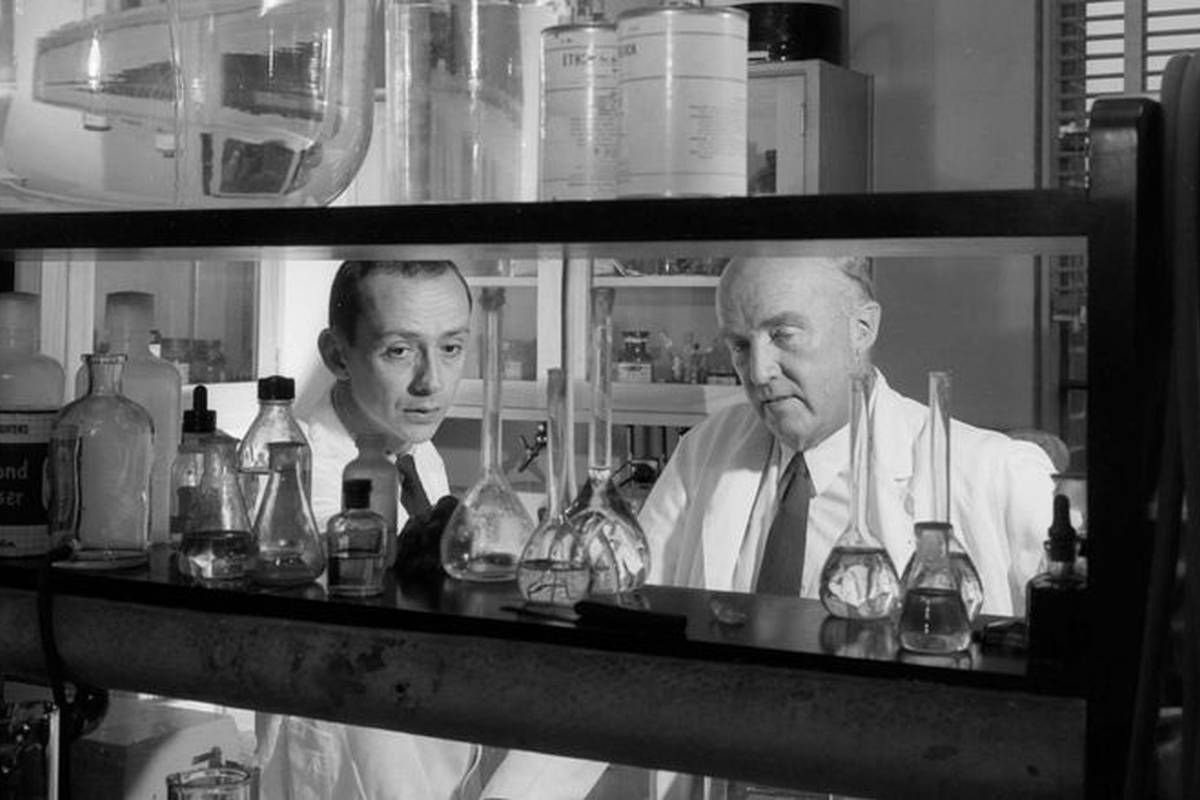The evolution of medicine in Canada is a journey marked by innovation, perseverance, and a deep commitment to improving health and well-being.
From the earliest indigenous healing practices to the establishment of formal medical institutions, Canada’s medical history is rich and diverse.
Let’s embark on a voyage through time, exploring the key milestones and advancements that shaped medicine in Canada up to the year 1950.
Indigenous Healing Traditions
Long before European settlers arrived, Indigenous peoples across Canada developed sophisticated healing traditions rooted in a deep understanding of nature and the human body.
Herbal remedies, spiritual rituals, and communal healing ceremonies were integral parts of their healthcare systems. These traditions emphasized harmony between mind, body, and spirit, laying the foundation for future medical practices.
European Influence and Early Medical Practices
With the arrival of European explorers and settlers, new medical practices and knowledge began to merge with Indigenous traditions. In the 17th and 18th centuries, early Canadian physicians often relied on herbal remedies and primitive surgical techniques.
However, medical knowledge gradually advanced with the establishment of medical schools and the arrival of trained physicians from Europe.
The Birth of Formal Medical Education
The 19th century witnessed significant strides in medical education and practice in Canada. In 1829, the first medical school, the Medical Faculty of McGill University, was founded in Montreal. This marked the beginning of formal medical education in the country.
Subsequently, other medical schools were established across Canada, training a new generation of doctors and surgeons.
Public Health and Sanitation
As Canada’s population grew, public health and sanitation became pressing concerns. Diseases such as cholera, tuberculosis, and smallpox posed significant threats to public health. In response, governments implemented measures such as vaccination campaigns, sanitation reforms, and the establishment of public health departments to combat the spread of infectious diseases.
Advancements in Medical Technology
The late 19th and early 20th centuries saw remarkable advancements in medical technology. X-rays, discovered by Wilhelm Roentgen in 1895, revolutionized diagnostic imaging, allowing physicians to visualize internal structures without invasive procedures.
Similarly, the development of anesthesia and antiseptic techniques transformed surgical practices, reducing pain and improving surgical outcomes.
World Wars and Medical Innovation
The First and Second World Wars had profound impacts on medicine in Canada. The demand for medical personnel and innovations in battlefield medicine spurred advancements in trauma care, prosthetics, and rehabilitation techniques.
Canadian physicians and nurses played crucial roles in caring for wounded soldiers and contributing to medical research during these tumultuous times.
The Rise of Specialized Medicine
By the mid-20th century, medicine in Canada became increasingly specialized. New fields such as cardiology, neurology, and psychiatry emerged, driven by advances in medical science and technology. Specialized hospitals and research institutes were established to focus on specific areas of medicine, furthering our understanding and treatment of various diseases and conditions.
Government Intervention and Universal Healthcare
In the years leading up to 1950, the Canadian government began to take a more active role in healthcare. The establishment of universal healthcare, culminating in the introduction of Medicare in Saskatchewan in 1962 and its subsequent adoption nationwide, marked a significant milestone in Canada’s healthcare history.
This move aimed to ensure that all Canadians had access to essential medical services regardless of their ability to pay.
Conclusion
From the early healing traditions of Indigenous peoples to the establishment of formal medical education and the advent of modern medical technology, Canada’s healthcare journey has been marked by continuous evolution and improvement.
As we look back on the achievements of the past, we are reminded of the importance of collaboration, compassion, and a commitment to advancing the health and well-being of all Canadians.



